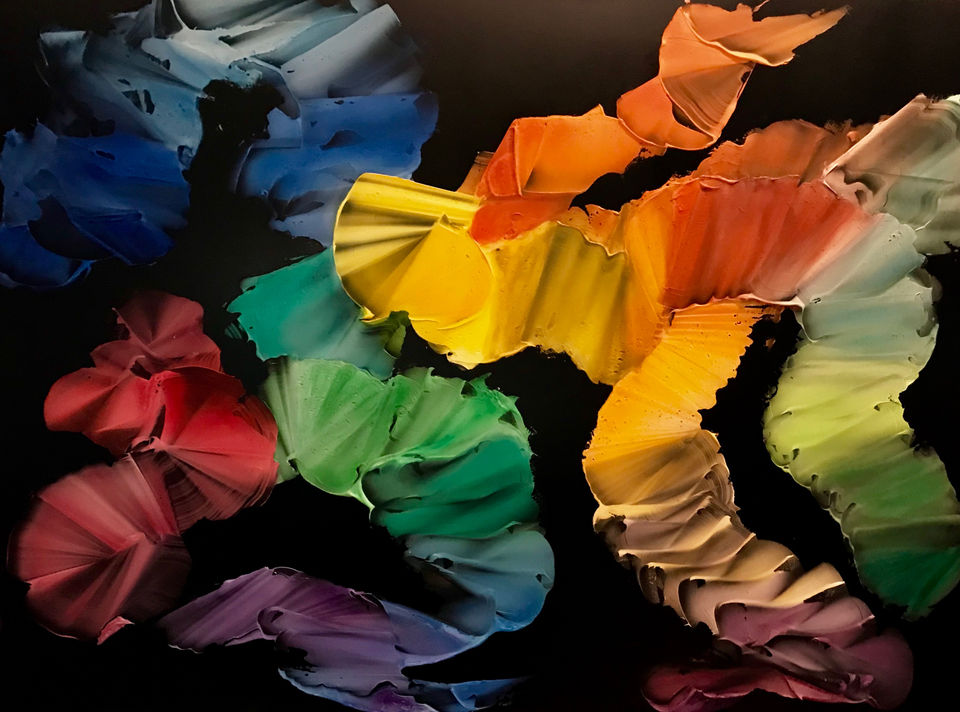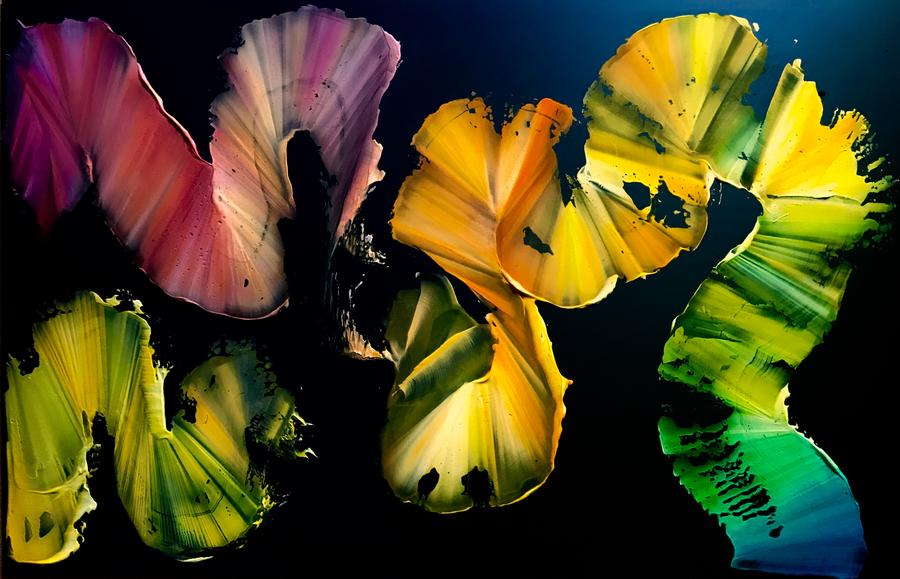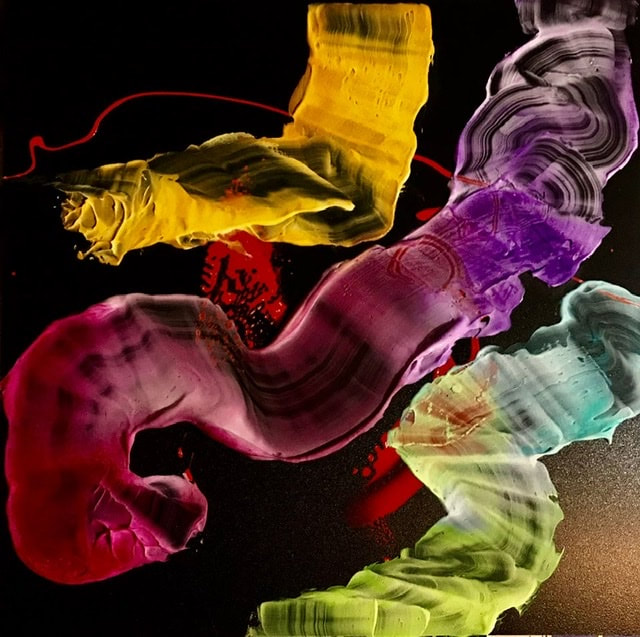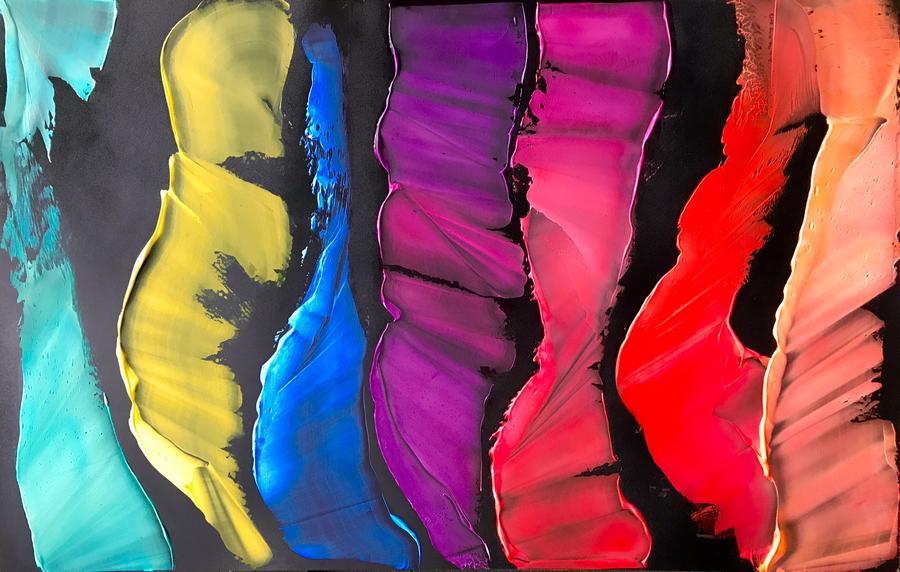n
Cause and Effect: The “Why” Behind Deductive Tasting
Anyone who’s had the pleasure of entertaining a three-year-old for any length of time knows the exquisite torture they can inflict by asking an endless series of “why” questions. One’s patience can only be tested so long before the inevitable and curt, “because I said so” puts an end to it. Beyond random acts of parenting, “why” questions have always seemed problematic to me because they potentially create endless loop communication. Why? Because at some point there may not be a reason why!
However, why questions are valuable in the context of deductive tasting. They speak to cause and effect in terms of why a wine looks, smells, and tastes the way it does. These cause and effect relationships are both useful and valuable for the student learning about classic grapes and wines in their tasting practice. Here are potential cause-effect relationships for all the criteria in the deductive tasting grid.
Sight
Sight is the most overlooked aspect of tasting. I realize this may seem like an irritating pun, but it’s all too true as far as cause and effect is concerned. With experience, a quick look at a glass of wine—especially red wine—can and should build multiple expectations on the part of the taster in regards to the possible grape variety, fruit profile, structural elements, and the use of oak. Here is the “sight” portion of the deductive grid broken down into cause and effect elements.
Clarity: Is a result of fining and filtration during the latter stages of the winemaking process. The clarity scale ranges from a cloudy wine that’s completely unfined and unfiltered to a crystal clear wine that’s put through considerable fining and filtration—and everything in between.
Brightness: Brightness in wine—especially in white wines—is a function of clarity, which is a direct result of the degree of fining and filtration. The brightness level in a red wine is also determined by the depth of pigmentation in various grape varieties. Thinner-skinned, lighter-pigmented grapes such as Pinot Noir and Gamay will reflect far more light than Syrah or Cabernet Sauvignon.
Intensity of color: In white wines, the intensity of color can be the result of the climate of origin (fruit ripeness level) as well as the age or level of oxidation in the wine due to use of oak or time in bottle. Botrytis-affected fruit or extended skin contact can also play a role in a deeper-colored white wine. With red wines, intensity of color is largely due to the depth of pigmentation in a specific variety and likewise the age and oxidation of the given wine.
Primary color: The base color of a white wine—be it straw, yellow, gold, or brown—is largely determined by the degree of oxidation during winemaking or the time spent in barrel or bottle. Skin contact and the presence of botrytis can also contribute to a deeper color. The primary color in red wine—purple, ruby (red) or garnet (reddish brown) –is again determined by the depth of pigmentation of the specific grape (Pinot Noir vs. Syrah), age, or level of oxidation.
Secondary colors: In white wines the color green can signify either youth and/or a wine produced from grapes grown in a cooler climate. The colors platinum, silver, and unpolished brass often accompany the color green in a young white wine. In red wines secondary colors usually refer to rim variation (see below).
Rim variation: Is a term used to denote the color differentiation between wine in the center/core of the glass and wine at the edge/rim. The cause has to do with the amount of pigmentation in the specific grape, climate of origin, the ripeness level of fruit at harvest, and age of the wine. Generally, the older the wine, the more rim variation and the more evolved the color at the edge/rim of the glass. It’s important to note that rim variation is not significant for white wines.
Sediment: Sediment in a glass of red wine is due to either age (pigments and tannins precipitating out of solution) or non-filtration in the case of a younger wine. Tartrates, or tartaric acid crystals, in either white or red wine are the result of the wine not having been cold stabilized or having been minimally fined and filtered.
Gas: Bubbles in a glass of wine can be a product of primary fermentation, malolactic fermentation/conversion, or from CO2 added to the wine as a preservative at the time of bottling.
Tears/legs: While often debated and certainly not exact science, the tears/legs in a glass of wine are a first indication of the possible level of alcohol or the presence of residual sugar. Thin, quickly moving tears often show a lower alcohol level and/or the lack of residual sugar in a wine. By contrast, thick, slowly moving tears are commonly associated with higher levels of alcohol and the possible presence of residual sugar.
Staining of the tears: In red wine, staining of the tears is a result of the depth of pigmentation in the specific grape as well as elevated levels of dry extract in the wine (dissolved solids in solution). Dry extract is further related to lower yields, age of vines, and the degree of fining/filtration used during winemaking.
The aroma of a wine is derived from a myriad of influences, including the specific grape variety, climate of origin, harvest timing, and any number of winemaking practices. Here is the “nose” portion of the grid broken down into cause and effect elements.
Fault factor: Does the wine smell clean and well-made or does it contain one or more common wine faults? These include TCA (from faulty corks or contaminated tanks or barrels), high VA (Volatile Acidity from a problematic fermentation), Brettanomyces (barrel or winery hygiene issues), sulfur aromas such as H2S or mercaptan (fermentation issues), or excess SO2 added at the time of bottling.
Intensity of aroma: The overall intensity of aroma can be related to the specific grape variety, the climate of origin (ripeness levels), structural elements (high alcohol), and winemaking influence in the form of malolactic fermentation, oak usage, and more.
Age: Indicators of age in a wine are due to oxidative winemaking (extensive racking, not topping up, etc.), extended wood-aging, or time in bottle.
Primary and secondary fruit: Specific kinds of fruit smelled in wine are derived from esters and other aromatic compounds that result from fermentation. The condition of the grape (i.e., botrytis) at harvest can also play a part.
Quality of fruit: The quality of the fruit, be it tart, ripe, or jammy, is the result of the climate of origin, specific harvest year (warm vintage etc.), harvest timing (late harvest, passito etc.), and the overall age/oxidation of the wine.
Non-fruit: Is derived from certain compounds found in grapes, the condition of the grapes (botrytis) at harvest, fermentation, or from the winemaking techniques (ML, lees contact, etc.).
Inorganic earth: While it continues to be a subject of debate in some circles, recent science has shown how the relationship between the microbiome and yeast population in vineyard soils affect fermentation resulting in compounds in the finished wine that are perceived as—and called–“earth and mineral.”
Organic earth: Same as above. The presence of Brettanomyces and/or Dekkora in a wine derived from the vineyard soil or the winery environment should also be considered as a possible cause of earthiness.
Wood: The use of oak during fermentation and aging can lend a wide range of aromas to wine, including vanilla (vanillin) brown spices, coffee, tea, chocolate, toast, smoke, dill and more. The age, size, and type of barrel all play an important role in the intensity of oak influence.
Oddly enough, actually tasting a wine in the context of the deductive process only has two purposes: to confirm what has already been smelled and to determine the level of structural elements, including acid, alcohol, tannin, and phenolic bitterness. Here is the “palate” grid broken down into cause and effect elements.
Sweetness/dryness: Wine is fermented completely dry or can contain a varying amount of residual sugar due to the fermentation having been stopped. The latter is accomplished by a number of winemaking practices, including sterile filtration, the addition of SO2, or fortification.
Body: In wine is determined by a number of factors, including the level of alcohol/glycerin in the wine (due to the degree of fruit ripeness at harvest) and the level of dry extract (particulate matter in solution). Dry extract levels are further determined by the quality of fruit and the degree of fining and filtration the wine undergoes before bottling. High levels of residual sugar can also lend a fuller body to a wine.
Fruit: Specific kinds of fruit smelled in wine are derived from esters and other aromatic compounds naturally found in grapes, as well as the result of fermentation. The condition of the grapes at harvest (botrytis) can also play a part.
Quality of fruit: Often changes from nose to palate and is again determined by the ripeness level of fruit at harvest, the specific harvest year (warm vintage etc.), harvest timing (late harvest, passito etc.), and the overall age or oxidation of the wine.
Inorganic/organic earth: As described above, earth and mineral aromas and flavors in wine are the result of how the microbiome and yeast population in vineyard soil affect fermentation and ultimately chemical compounds in the finished wine. The possibility of Brett as a factor for earthiness must again be considered.
Oak: Flavors from the use of oak during fermentation and/or aging.
Alcohol: The alcohol level is a product of the ripeness of fruit at harvest or other means used to either increase grape sugar (chaptalization) prior to fermentation. Methods such as adding water to the must (or wine), cross-flow filtration, and reverse osmosis can be used to decrease alcohol in the finished wine.
Acidity: The acidity level is a result of the ripeness of fruit/level at harvest or the addition of tartaric acid to the must or finished wine before bottling.
Tannin: Is derived from grape skins through pre-fermentation maceration, during fermentation, and post-fermentation maceration. It can be increased by the addition of press wine. Cooperage also plays an important role in the level of tannin in a wine in regards to the duration of time wine is kept in barrel, the size and type of cask, and the percentage of new vs. used oak used. Finally, powdered tannin is also commonly added at several different stages during the fermentation and aging of red wine.
Phenolic bitterness: Bitter phenolic compounds in white wines are developed when the must is in contact with grape skins before, during, or after fermentation.
Finish: The length and quality of the finish is determined by the quality of the fruit, the intensity and level of structural elements (alcohol, acidity, tannin, and phenolic bitterness), and winemaking practices such as ML, lees contact, the use of oak, and more.
Complexity: Although arguably the most subjective aspect the deductive grid and process, the degree of complexity is determined by a combination of fruit and vineyard quality, quality of the vintage/harvest, and winemaker’s skill–or lack thereof.
After collecting all the “evidence” seen, smelled, and tasted in a wine, the conclusion is based on previous memory and experience. Here cause and effect still play a vital role in deductive thinking in terms of determining Old vs. New World style, grape variety, origin of the wine, level of quality, and the vintage. Here is the “conclusion” grid—both initial and final– broken down into cause and effect elements.
Initial Conclusion
Old World Style vs. New World Style: Is primarily influenced by the specific location of the vineyard, be it in Europe or a New World country such as Australia. Winemaking techniques, such as blending different appellations and/or grape varieties, high alcohol, excessive oak, and considerable filtration can also play a part in influencing or obscuring style.
Climate: The specific location of the vineyard (cool vs. warm climate) and given conditions of a certain growing year (warmer vintage).
Grape variety: Assessing the possible grape variety involves using common markers for classic grapes including compounds such pyrazines (Cabernet family grapes including Sauvignon Blanc), rotundone (Syrah and Grüner Veltliner), and more.
General age: Determined by the overall degree of oxidation (or lack of) perceived in the wine.
Final Conclusion
Grape variety(s): Taken from common markers and factors perceived in the wine.
Country, region, appellation (if applicable): The specific origin of the wine.
Quality level: Balance and typicity of the wine as well as the origin and respective laws if applicable.
Vintage: The quality of the wine as related to specific vintage character and attributes (ripeness, structural elements).
Final thoughts
As with learning deductive tasting, getting familiar with the concept of cause and effect and how it applies to the deductive grid is something that takes time and a good deal of practice. I recommend “chunking” it down into groups of three-to-five bits so it can more easily be learned and used. I also recommend cornering a friend or family member and, with glass of wine in hand, explain cause and effect to them. If you can do that, you absolutely know it and will never forget it.
Cheers!
*A note about the art work in this post. Painter and photographer Diana LoMeiHing was born in Hong Kong and moved to Italy at the age of ten. In 1978 she graduated with honors in painting at the Brera Academy of Fine Arts in Milan. She has exhibited in solo and collective exhibitions in galleries in Italy and internationally since 1979.
nn



